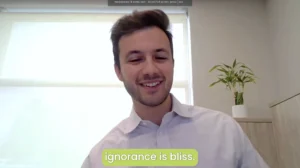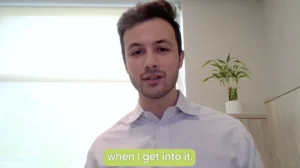Scaling Clinical Diagnostic Testing to the Masses (Part 2)
The rising cost of health care has hit Americans differently depending on their economic status. There is no shortage of news stories covering the reality of those with higher incomes having higher life expectancies than those in lower financial brackets. Healthcare services such as clinical diagnostic testing may be out of reach for those who could really use it. So what are some the things a company can do to make clinical diagnostic testing more accessible for everyone? How can an important medical test be affordable to all?
On this episode of Health & Life Sciences at the Edge, host Michelle Dawn Mooney talks with Intel Head of Business Innovation and Life Science Specialist Blake Harlan and SiPhox Chief Product Officer Mike Dubrovsky about clinical diagnostic testing, the way it is used, and the way its use can be improved.
“Clinical diagnostic testing is actually a major part of the [healthcare] system,” says Dubrovsky. “Seventy percent of all medical decisions require diagnostic tests. However, the way that it’s done now is very reactive, so the whole system is based on first the patient having symptoms and then they’re put through a series of tests to try to resolve the problem.” Harlan and Dubrovsky further mention how it’s easy for those in higher income brackets to get tested more often, as those types of tests cost much more than the ones for reactive patients who are presently experiencing symptoms.
“The way the healthcare system works now is it’s really set up to, for the person, once they get sick, to deal with that” says Dubrovsky. He points out how the system is primarily designed to treat reactive care. “The problem is that there is a massive rise in healthcare costs, accompanied with actually a decrease in life expectancy, at least in America”, where six out of ten Americans have at least one chronic disease. In a country that spends so much on healthcare research, Harlan and Dubrovsky think the country needs to shift its thinking and policies when it comes to the health of its citizens.
Learn more about network operations center solutions by connecting with Blake Harlan and Mike Dubrovsky on LinkedIn or visiting SiPhox or Intel Health and Life Sciences.
Listen to Part One right here.
Subscribe to this channel on Apple Podcasts, Spotify, and Google Podcasts to hear more from the Intel Network and Edge Solutions Group.








